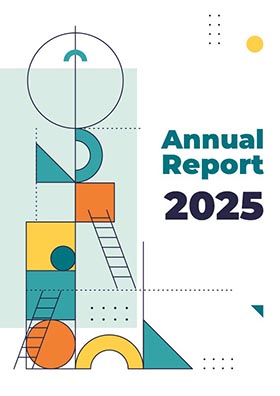Field of Research: Renewable Energy
Name of author (S): Husain Alsamamra
Title of published work: "A Comparative Study of Various Models for Estimating Global Solar Radiation in Hebron City, Palestine"
Name of Journal: International Journal of Current Research
Year: 2015
Journal: 7
Pages: 14356-14360
Publisher’s name and address:
Abstract:
Solar radiation is a primary driver for many physical, chemical, and biological processes on the earth’s surface. Solar energy engineers, architects, agriculturists, hydrologists, etc. often require a reasonably accurate knowledge of the availability of the solar resource for their relevant applications at their local. In solar applications, one of the most important parameters needed is the long-term average daily global irradiation. For regions where no actual measured values are available, a common practice is to estimate average daily global solar radiation using appropriate empirical correlations based on the measured relevant data at those locations. These correlations estimate the values of global solar radiation for a region of interest from more readily available meteorological, climatological, and geographical parameters. The present study aimed to calibrate existing models and develop a new model for estimating global solar radiation data using available measured meteorological records such as precipitation or temperature. Fifteen empirical global radiation models based on meteorological variables were generated and validated using daily data in the period of January 2007 to December 2011 at Hebron city meteorological station in Palestine. Validation criteria included coefficient of determination, root mean square error, mean bias error, mean absolute bias error, mean percentage error, and mean absolute percentage error. The best result was derived from the model proposed, which uses extraterrestrial solar radiation, saturation vapor pressures, transformed rainfall data and daily minimum relative humidity as predictors. The new multiple regression relation giving accurate estimates of daily global solar radiation was suggested. It has a high coefficient of determination R2 = 0.94. The results showed that the suggested model can estimate the global solar radiation with acceptable values of RMSE, MBE and MABE (2.38, 0.08, 1.75 MJ m-2 day-1, respectively); and MPE and MAPE (-6.49%, 19.32%). Temperature based models provided less accurate results, of which the best one is the Bristow and Campbell model (R2 = 0.89). The Hargreaves and Samani model is simple and are recommended to estimate the daily global radiation when only temperature data are available and when the coefficients cannot be determined. Based on overall results it was concluded that the meteorological based method provides reasonably accurate estimates of global solar radiation, for the site where coefficients of the model were developed.
Contact info of the contact author:
Name: Husain Alsamamra
Address: Al-Quds University
E-mail: This email address is being protected from spambots. You need JavaScript enabled to view it.


